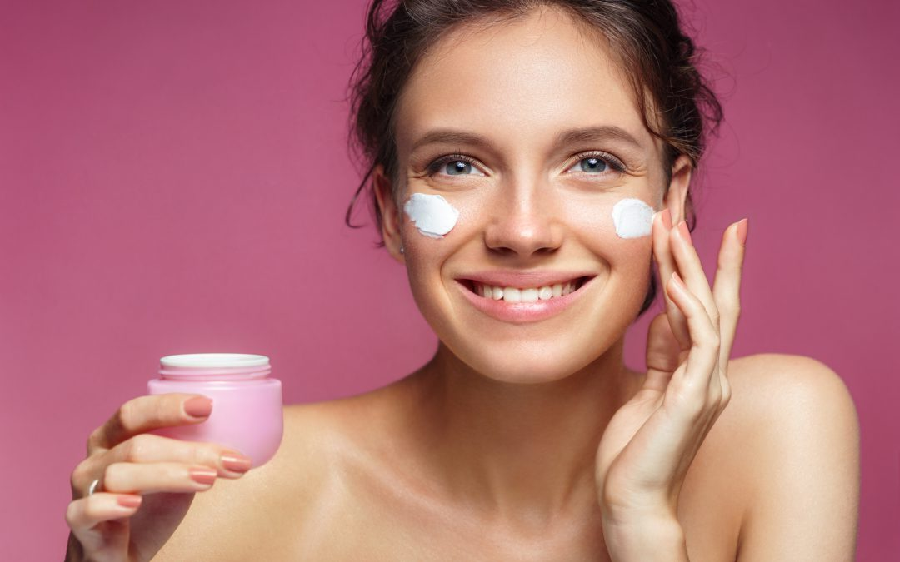Best Practises to Ensure Skin Health While Wearing Personal Protective Equipment

Personal protective equipment has been an essential part of the construction, manufacturing and healthcare industries for years now. As such, it is essential to protect the mechanical engineers, construction workers, builders, technicians, welders, laboratory workers and healthcare workers from accidents, damages and infections. But the current global crisis has increased the demand for PPE in Australia and the world.
The market size of the Safety Equipment and Supply Distribution Industry in Australia has risen to 2 billion AUD. However, the use of personal protective equipment has brought about its own set of challenges to the health of its users, notably skin damage due to prolonged use. But, there are solutions for it so that all the essential workers stay safe and healthy under the protection of their personal protective equipment.
Reports Regarding Skincare Issues
Personal protective equipment has been lifesavers in preventing the spread of infections, enabling healthcare workers to treat patients and professionals from other industries to resume their work safely. And, they do not significantly affect a person’s skin health when worn for a few hours. However, some people report feeling pain and discomfort while wearing personal protective equipment for long periods. They have reported bruises and skin damage after prolonged use of the equipment, especially during long shifts. As such, chafing, sores, reddened, dry, cracked skin, and bruises are common among those who wear eye protection and masks. These can be particularly seen across the cheekbone, forehead, behind the ears and the nose. Low humidity and dry skin under such conditions can cause itching, irritation, hives or urticaria.
Helpful Practices for a Healthy Skin
Look for the Best Quality Products and Fit
One of the main reasons why users develop rashes is because their goggles and masks fit them tightly. Therefore, while choosing a PPE kit, one must pick the safety goggles that fit them well. And if they wear prescription eyewear, they must choose a pair of goggles that can accommodate them comfortably. The bodysuits, gloves, face shields, boots and masks are available in different materials and sizes. Depending on one’s body frame, skin-based needs, disposability or reusability, they must pick the right one. Noise-cancelling headphones and helmets also come in multiple sizes, which one must consider to avoid headaches or rashes. Besides, one must avoid wearing latex, rubber or any material that they are allergic to.
Prepare the Skin Before Wearing
Researchers from the National Pressure Injury Advisory Panel suggested everyone prepare their skin with barrier creams, moisturisers and skin sealants before putting on their protective equipment. They must apply these creams on the face, behind the ears, on their arms, hands, neck and any other area that would be exposed or under pressure. This keeps the skin hydrated and prevents it from getting dry and flaky. Wearing non-porous clothes also prevents friction between the suit and the skin. Furthermore, one must avoid wearing tight underwear or spandex.
Let the Skin Rest and Treat the Affected Spots
Scientists have found that talcum powder, petroleum jelly and skincare moisturisers provide long-lasting protection to those who wear PPE. They recommend that users apply arnica gel patches to help resolve the bruises quickly. If they observe any wounds or sores, they must clean them with cool water and apply occlusive creams to encourage healing. They also recommend offloading the gear frequently to relieve the shear and the pressure applied on the skin. They must take showers and change into loose-fitting clothes after the shift.
Good quality personal protective equipment is an essential tool to protect the hands, eyes, hearing, head, face, lungs, body and the overall safety of the workers. So, following these steps will ensure that they are comfortable in them in the long term.








